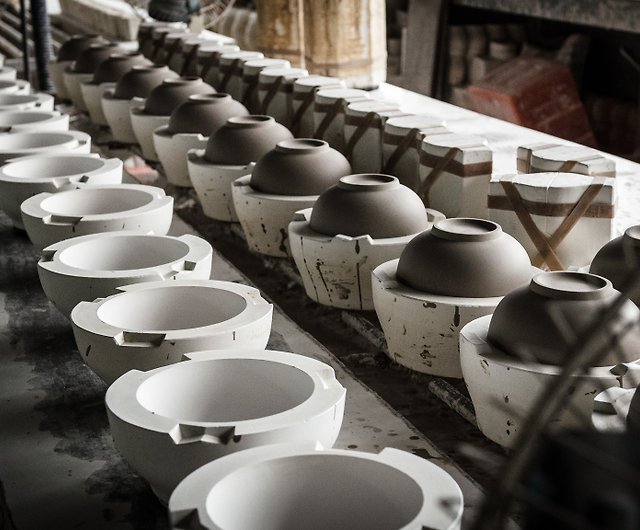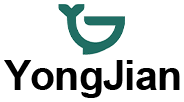When purchasing wholesale ceramic dinnerware, the most important thing to remember among the various factors is the MOQ (Minimum Order Quantity). For restaurant owners, distributors, and brand buyers, understanding how MOQ operates has an immediate impact on your cost-effectiveness, profit margins, and supply chain agility.
This article defines MOQ for wholesale ceramic dinnerware buyers, how it affects your business strategy, and how to calculate your true cost per unit when buying in bulk.
Table of Contents
ToggleMOQ Defined for Wholesale Ceramic Dinnerware Buyers
MOQ refers to the minimum number of units a manufacturer is willing to make or sell on one order.
MOQ facilitates effective production and cost control in the ceramic tableware industry — especially for those products that entail mold setup, glazing, and firing.
Why Wholesale Ceramic Dinnerware Manufacturers Adopt MOQ?
1. Production Efficiency
Each batch of ceramics goes through various processes — molding, firing, glazing, and quality check. A minimum volume ensures steady production.
2. Material and Labor Costs
Mass production of clay, glaze, and printing molds involves fixed expenses that must be allocated to a batch.
3. Customization Requirements
OEM or ODM dinnerware with logo, pattern, or packaging customization requires a higher MOQ to defray setup costs.

4. Packaging and Freight
Bulk shipping allows effective packaging and freight container loading, reducing unit logistics costs.
Yongjian Flexible MOQ Policy for Ceramic Dinnerware Buyers
At Yongjian Ceramics, we understand that your business is different from every other buyer. If you are introducing a new product line or expanding your existing line, flexibility matters. For this reason, we possess a low and flexible MOQ (Minimum Order Quantity) to enable you to easily begin ordering and experiment with new market opportunities without committing to a large amount of money upfront.
Our minimum order quantity is product type specific — i.e., plates, bowls, mugs, or baking dishes.
MOQ in common designs would be smaller, whereas specially designed or custom wholesale ceramic dinnerware could require a higher number due to factors like mold creation, glazing, or color matching.
For the optimum solution, it is recommended that you call our sales department to inquire about specific MOQ details and a quoted price tailored to your needs.
Our team of professional wholesale ceramic dinnerware specialists will guide you step-by-step through every process — from product selection and customization options to final order verification — to enable you to get the best cost-effective and adaptable sourcing experience for your business.
Related Products
How MOQ Affects Wholesale Buyers and Distributors
MOQ plays a major role in how buyers plan their inventory, cash flow, and pricing strategy.
1. Lower MOQ — Flexibility for Small Buyers
For small retailers or restaurant startups, low MOQ allows:
- Smaller investment and lower inventory pressure
- Market testing with limited risk
- Easier product diversification (try multiple dinnerware styles)
2. Higher MOQ — Cost Efficiency for Large Buyers
For distributors and hotel suppliers:
- Higher MOQ leads to lower cost per piece
- Optimized shipping cost and packaging efficiency
- Stable color consistency and quality control from the same batch
3. Finding the Right MOQ Balance
Balancing MOQ is about matching production efficiency with buyer demand.
Yongjian Ceramics offers flexible solutions — buyers can mix plates, bowls, and mugs in one order to reach MOQ, reducing overstock and improving SKU diversity.


How to Calculate Cost per Piece for Wholesale Ceramic Dinnerware
Understanding how to calculate cost per piece helps buyers make better sourcing decisions.
Formula:
Cost per piece = (Product price + Packaging + Shipping + Customization + Taxes) ÷ Total quantity
Example Calculation:
| Order Volume | Total Cost (USD) | Cost per Piece |
|---|---|---|
| 1000 sets | $8,000 | $8.00 |
| 5000 sets | $33,000 | $6.60 |
A larger MOQ spreads fixed costs such as mold setup and freight across more pieces — reducing the unit cost by 15–25%.
Cost Optimization Tips:
- Combine multiple SKUs under one bulk shipment
- Choose neutral packaging to save setup fees
- Use Yongjian’s existing molds for OEM branding
- Ask for mixed-load MOQ (plates + bowls + mugs)
How to Negotiate or Optimize MOQ with Ceramic Manufacturers
MOQ is not fixed — it can be negotiated depending on your business needs and product type.
Strategies for Lowering MOQ:
- Use existing designs or molds instead of requesting new ones
- Order stock items and apply light customization (logo printing or packaging)
- Combine orders — for example, share a container with another distributor
- Build long-term cooperation — many manufacturers offer lower MOQ for repeat buyers
Why Understanding Wholesale Ceramic Dinnerware MOQ Benefits Your Business
- Helps optimize purchase volume and cash flow
- Improves cost control and profit margin
- Ensures consistency in quality and style
- Enables better planning for seasonal or promotional needs
Whether you’re running a restaurant, retail brand, or online store, mastering MOQ can make your sourcing strategy more efficient and profitable.
About Yongjian Ceramics
Yongjian Ceramics is a highly-rated wholesale ceramic dinnerware factory in China, specializing in OEM & ODM customization for plates, bowls, cups, and serving dishes.
With years of manufacturing expertise and adaptive MOQ solutions, Yongjian assists buyers in balancing cost, quality, and customization demands.

Get in touch with Yongjian now to obtain your customized MOQ quotation and begin constructing your ceramic dinnerware brand with confidence.









